Flint
From $1.95
Description
We offer 3 types of Flint to be used with our Flint and Steel Kits to make FIRE All of the flint we sell will produce good sparks but like with most things some work a little better than others.
Brandon Flint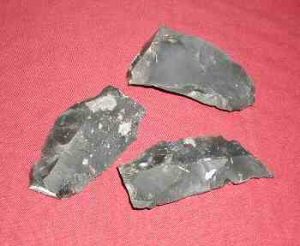
The is typically black in color and is found in England. Its hardness and ability to fracture with very sharp edges makes this type of Flint one of the best to make Flint and Steel fires. We import it from England for your convenience and ability to buy it in small quantities.
Price: $2.95 per piece / 3 for $6.95 / Larger Specmen piece $5.00
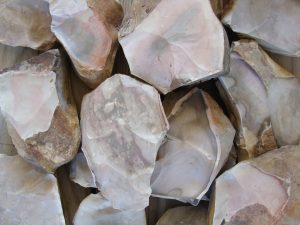 Western Chert
Western Chert
This is typically gray to dark gray in color and is abundant in what most people would call “the Old West”. It fractures with sharp edges however they are not as dramatic as the Brandon Flint. West Chert makes good sparks and was the main type of flint use by the mountain men (trappers) and Native Americans during the western expansion of our country.
Price: $2.50 per piece / 3 for $5.95 / Larger Specmen piece $5.00
Ohio Flint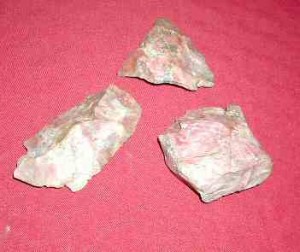
This type of flint is typically a pink color and is found primarily in an Ohio outcropping of flint called Flint Ridge. Flint Ridge is located in a 5 mile wide by 30 mile long stretch between Zanesville, Ohio and Columbus Olio. WE personally go to this area to mine this type of flint for your purchase.
Price: $1.95 per piece / 3 for $4.95 / Larger Specmen piece $5.00
We suggest you base your decision on the following:
– Lowest Priced – Pick the Ohio Flint
– What the western Indians used – Pick Western Chert
– Reportedly “the best flint available” – Pick Imported Brandon Flint
– Best Flint for making sparks – Pick Brandon Flint
Specimen Pieces
We have received a number of requests from schools and museums to supply a larger “specimen” piece of the flint we sell. Where as the flint we typically sell in quantities of 1,2, or 3 pieces are nice sized, they are intended to be used in Flint and Steel Kits for making fires. Our Specimen pieces are a littlelarger in size and intended to be displayed as examples of the type of flint (or Chert) it represents.
Technical discussion :
The Difference Between FLINT and CHERT
Minerals The Silica Group
Minerals are the natural crystalline materials that form the Earth and make up most of its rocks. The most important group of minerals involved in the formation of flints/cherts is the Silica Group. This large group includes all minerals with the primary chemical formula 5i02 (silicon dioxide) and is most abundantly represented in nature by pure quartz and its many cryptocrystalline forms.
Cryptocrystalline Quartz
Cryptocrystalline quartz is simply quartz whose crystals are so small that they can only be seen with the aid of a high-power microscope. It is formed geologically from silica that has dissolved from silicate materials. Over geological time, this amorphous silica gel dehydrates to form microscopic crystals and eventually becomes what we know physically as rock. Cryptocrystalline quartz occurs in many varieties. These varieties have been named based on their color, opacity, banding and other observable physical features. Technically speaking, the two varieties that account for the vast majority of “flint” artifact materials are chalcedony and chert.
Chert is composed of larger crystal particles and has a specific gravity similar that of pure quartz. Due to impurities and larger particle sizes, chert is somewhat less “quartz-like” than chalcedony and Chert is duller and more opaque than chalcedony and its luster ranges from non-existant to very waxy, depending on the individual rock formation.
So what is flint? By mineralogical definition, flint is simply black chert. It appears that the term “flint” was originally applied to the high quality black cherts found in England. Over the years names have evolved for local chert formations/deposits that may include the word “flint” and technically speaking these would be incorrect more often than not. The reality of the flint verses chert debate is that in most cases it is something like “splitting hairs”, there really is very little difference, chemically speaking. Artifact collectors tend to call materials that have a more waxy luster “flints” and those which have less luster to no luster “cherts”. The difference between them lyes in their purity relative to pure quartz and their matrix particle size. The smaller the particle size and the purer the material, the more likely we collectors would be to call the material flint. To a purist, we would be wrong. A generalist would say “close enough”.

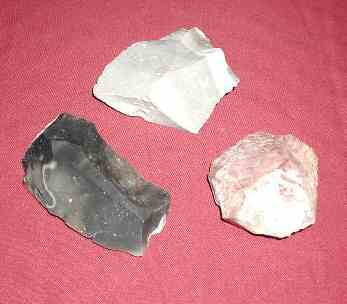
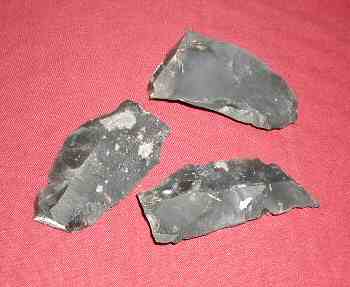
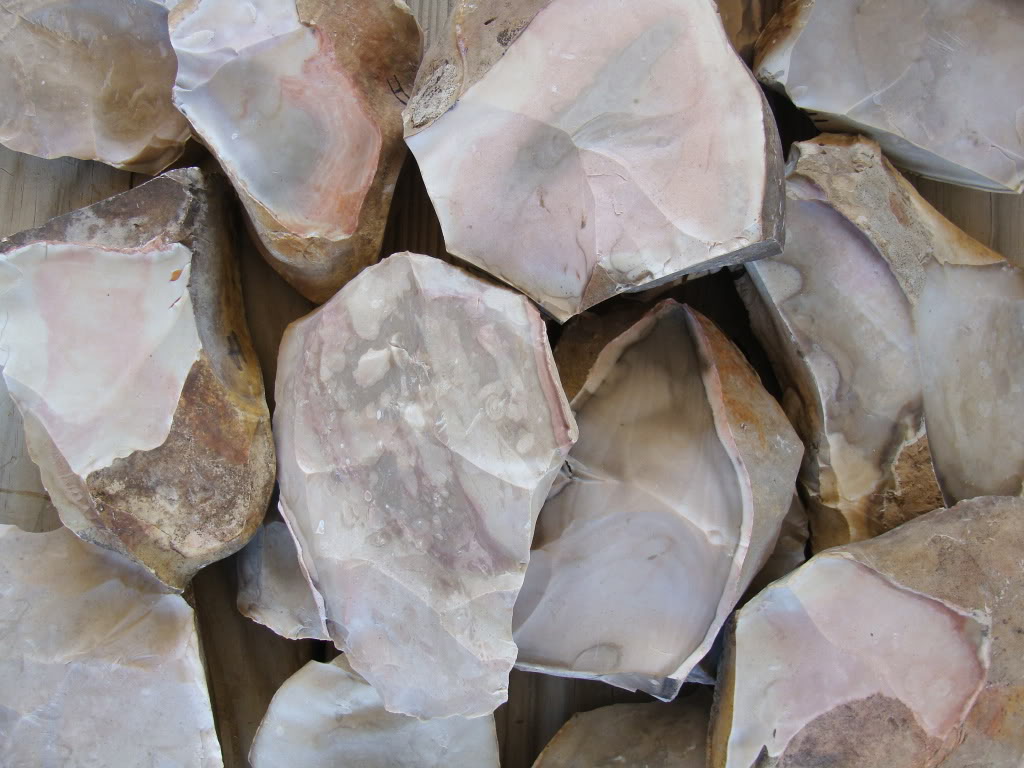
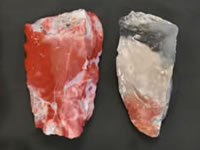
Reviews
There are no reviews yet.